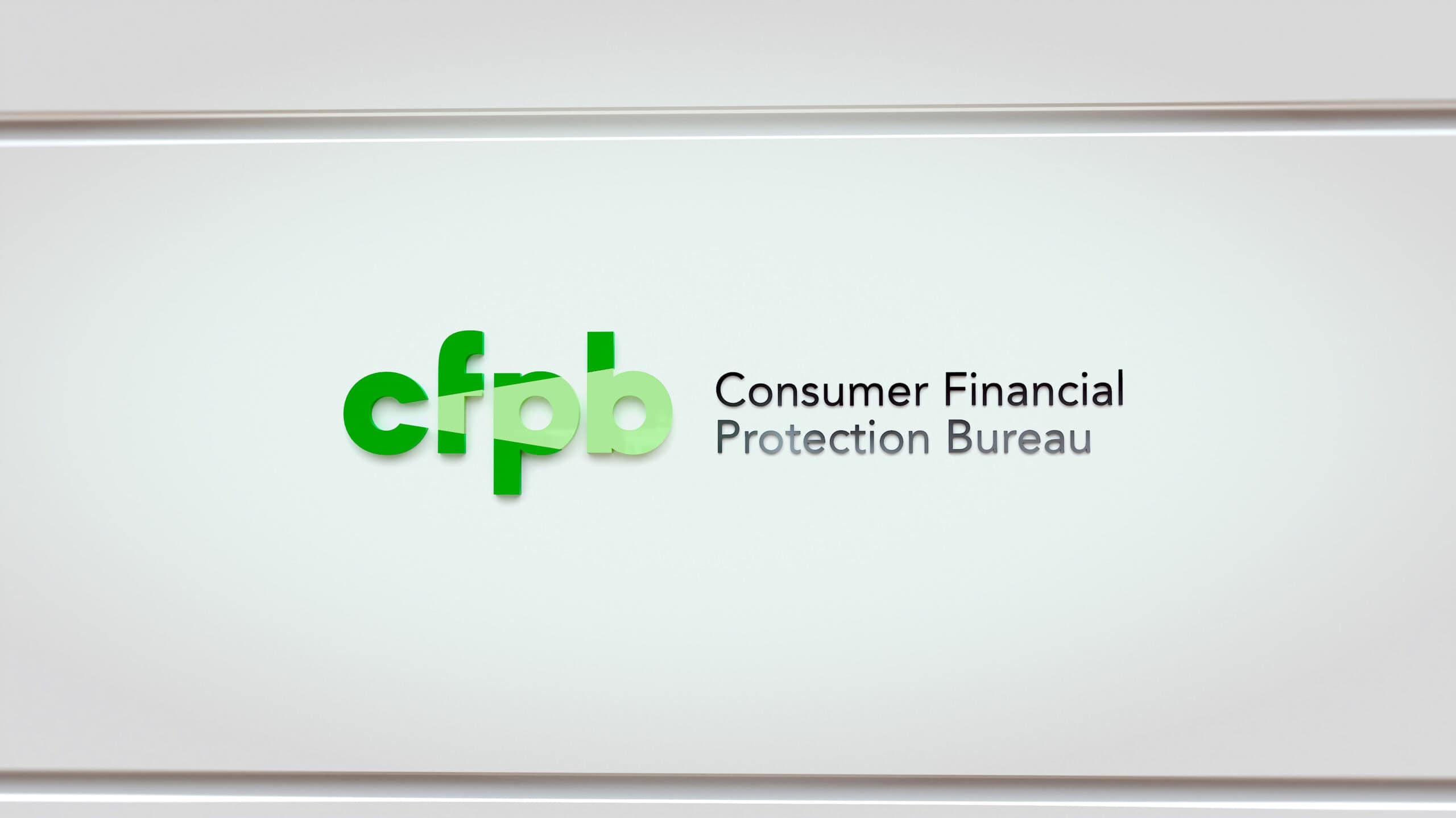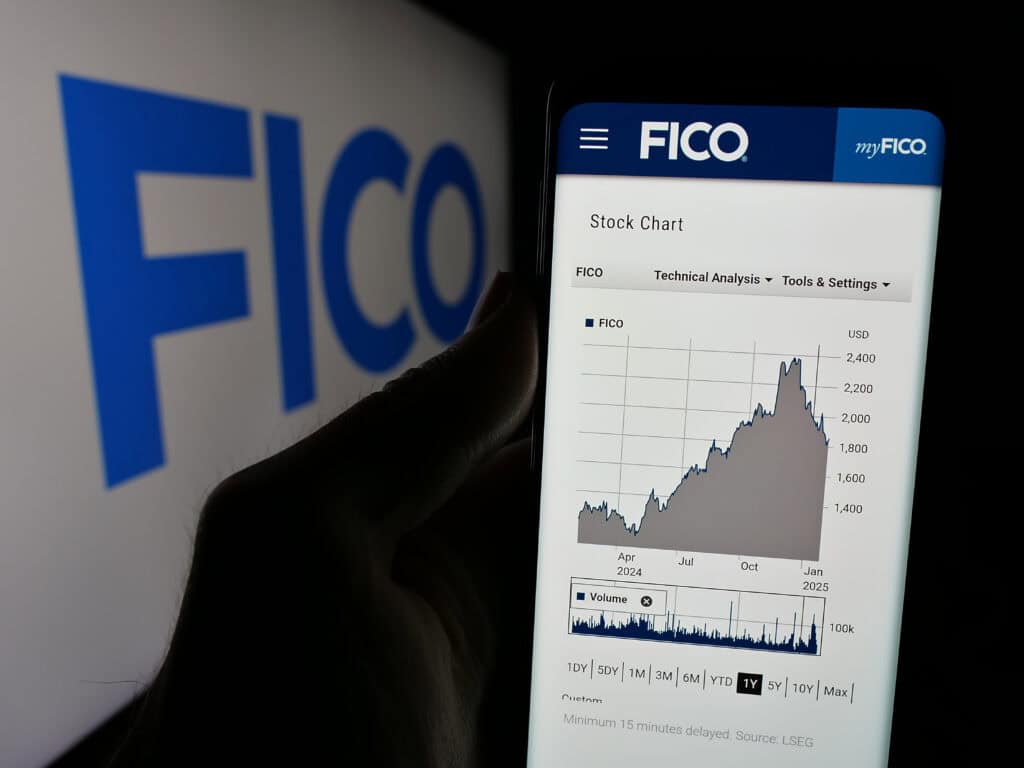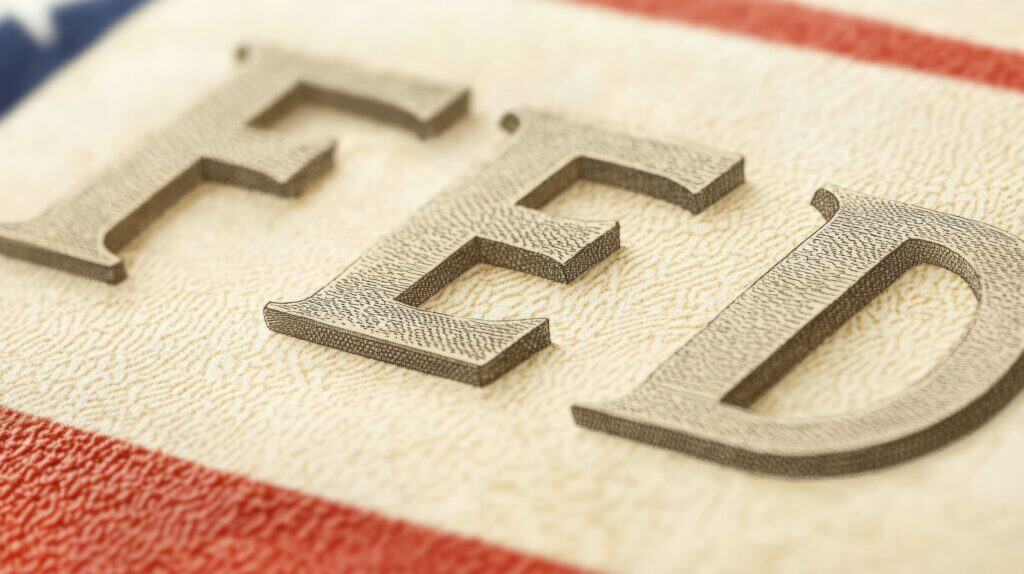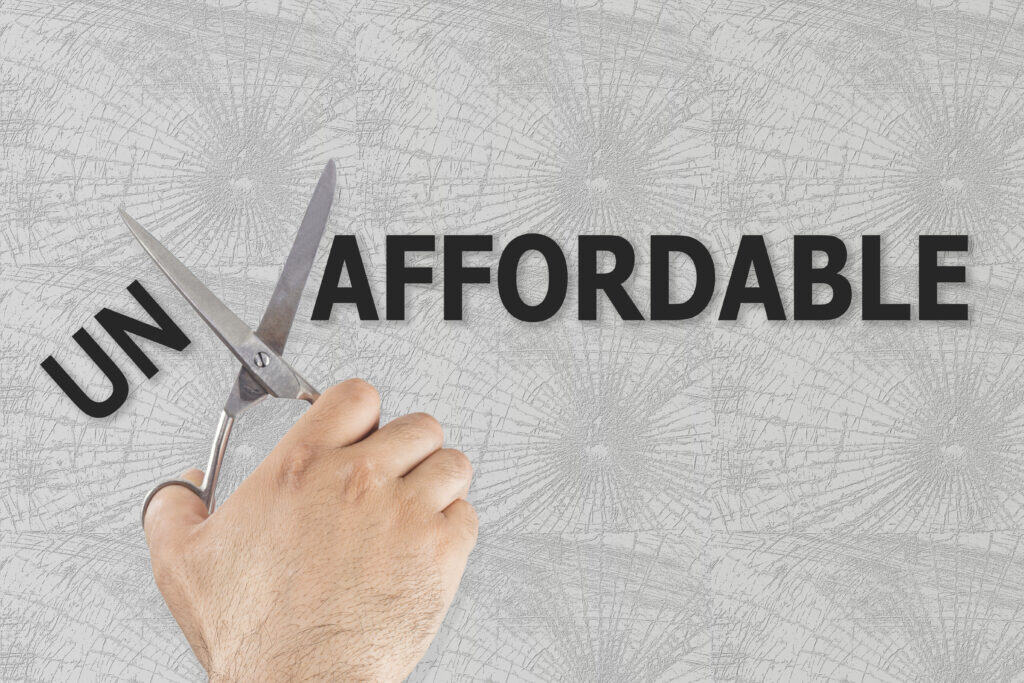What Would a World Without the CFPB Look Like?
The CFPB and Its Role in Consumer Protection
The Consumer Financial Protection Bureau (CFPB) safeguards homebuyers, borrowers, and financial consumers. Established after the 2008 financial crisis, it enforces regulations to prevent predatory lending and ensure financial transparency. Without it, the mortgage industry and financial markets could become riskier for consumers.
Why Did President Trump Fire Rohit Chopra?
On Saturday, President Trump dismissed CFPB Director Rohit Chopra, continuing his administration’s efforts to remove holdovers from the outgoing Biden administration. Chopra, notified of his dismissal via email, later stated in a public letter that it was an “extraordinary privilege” to serve as CFPB director.
The Trump administration’s decision aligns with its broader goal of rolling back regulations that some view as burdensome for businesses. Critics of the CFPB, particularly conservatives, argue that its aggressive approach to regulating financial institutions has hindered growth. Trump’s move to replace Chopra could signal an effort to reshape the agency in favor of a more business-friendly approach.
Could the CFPB Be Eliminated?
Sen. Ted Cruz (R-TX) has introduced legislation to eliminate the CFPB entirely. If successful, the impact on financial consumers could be significant. What would a world without the CFPB look like?
1. Less Protection for Consumers
Without CFPB oversight, financial institutions could more easily impose hidden fees, deceptive loan terms, and predatory lending practices. Consumers would have fewer resources to dispute unfair treatment or report fraudulent activities.
2. Weaker Accountability for Banks
Currently, the CFPB holds banks and lenders accountable for breaking consumer protection laws. Without the agency, companies might face less pressure to act fairly, leading to riskier financial products that could harm consumers.
3. Inconsistent State Regulations
States might attempt to fill the gap left by the CFPB, but this would result in a patchwork of regulations. Some states might enforce strong consumer protections, while others may have minimal oversight, making it harder for consumers to understand their rights.
4. Increased Risk of Another Financial Crisis
One of the CFPB’s main functions is preventing high-risk financial products from destabilizing the economy. Without it, banks could return to issuing risky loans similar to those that contributed to the 2008 financial crisis.
5. Reduced Transparency in Financial Products
The CFPB ensures loan agreements, credit card terms, and financial products are clear and easy to understand. Without these requirements, lenders could introduce more hidden fees and complex terms that make it harder for consumers to make informed financial decisions.
6. Greater Harm to Vulnerable Communities
The CFPB provides protections for lower-income individuals, people of color, and other marginalized groups who are often targeted by predatory financial practices. Without these safeguards, vulnerable populations could face greater financial exploitation.
Final Thoughts
Some critics argue that eliminating the CFPB would reduce regulatory burdens and encourage innovation in financial services. However, removing it could also expose consumers to higher financial risks, reduced transparency, and fewer legal protections.











